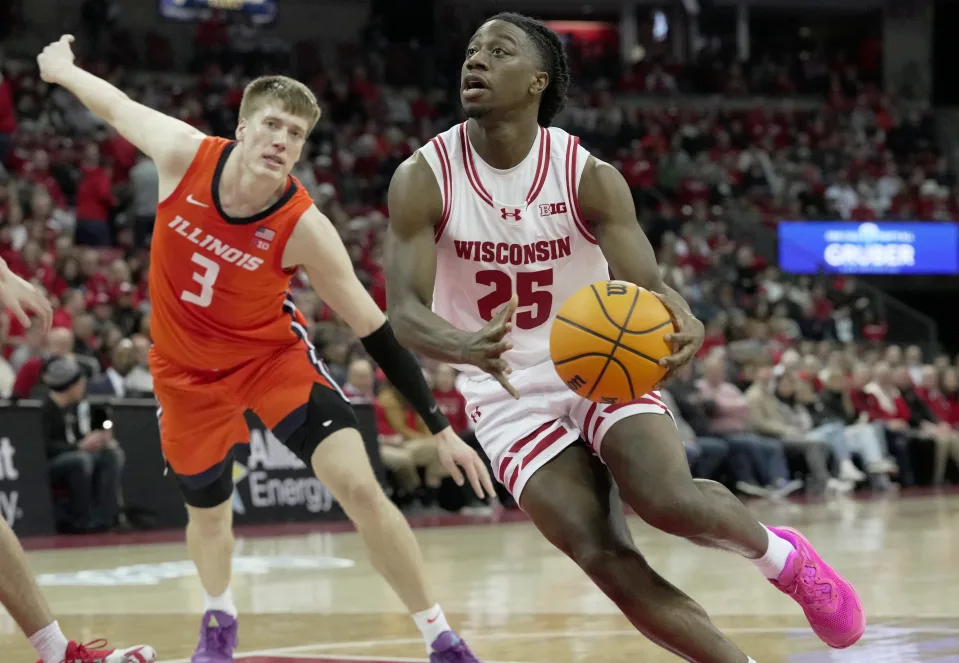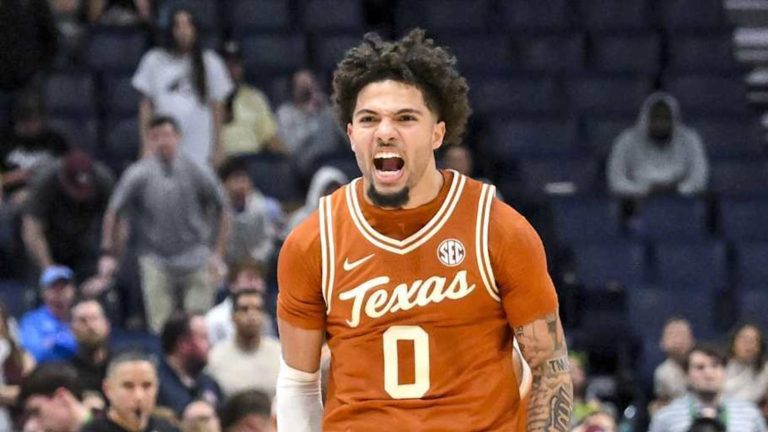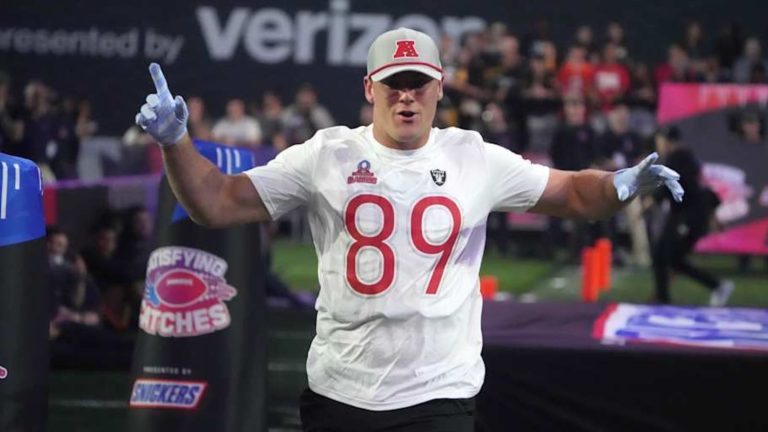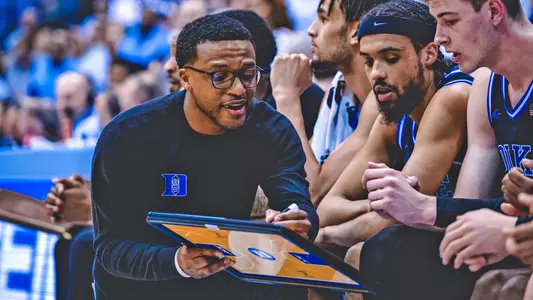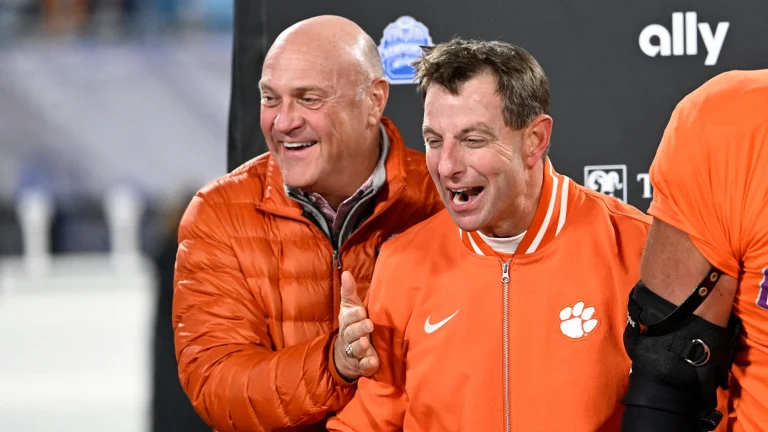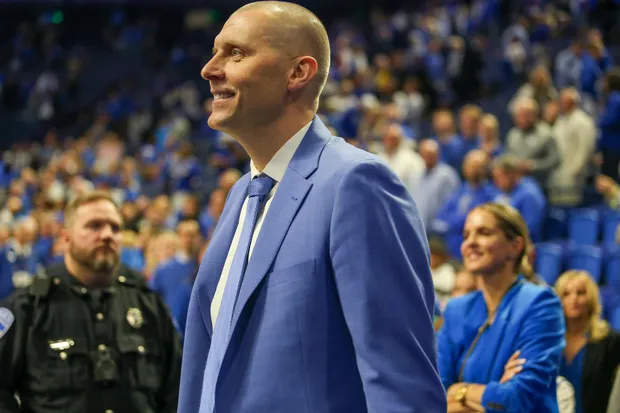The most important stat for the Wisconsin men’s basketball team might surprise you
MADISON – The numbers Wisconsin is putting up are crazy and in some cases historic.
The Badgers men’s basketball team’s average of 82 points per game is its highest since the 1970-71 season. It’s 83.4% free-throw shooting is on pace to be a NCAA record.
KenPom’s offensive efficiency rating for Wisconsin is the highest since the 2015 Final Four team. The Badgers’ 36.8% three-point shooting is the best since the 2014 Final Four season and their 39.2% shooting in Big Ten play is the best in the league.
But none of that would be possible without the ball.
If you want to know the most important aspect of No. 11 Wisconsin this season it just might be that. A low turnover rate isn’t sexy, but it’s fuel for the fire for a team that fills it up like UW.
“Sometimes it’s a cumulation effect that you’ve heard me talk about of what an offense can do when we keep coming with thrusts,” Badger coach Greg Gard said. “We call it an avalanche approach. What that impact has over the course of 40 minutes. Offense typically gets a little bit easier.”
The next test of that theory for No. 11 Wisconsin (21-5, 11-4 Big Ten) comes at 11 a.m. Saturday against Oregon (19-8, 8-8). The Ducks, who are in eighth-place, went through a five-game losing streak during the last month but beat Iowa on Wednesday for its third straight victory. They scored early-season wins over Alabama and Texas A&M, ranked fourth and seventh, respectively, by the Associated Press this week.
“Now it looks like they’re playing better like they did earlier in the year,” Gard said.

Wisconsin has scored over 90 points in back-to-back games
What makes the Badgers’ low turnover total notable are the extended periods they’ve been able to string together without a turnover and the number of quality options they have handling the ball.
In the win over Illinois on Tuesday they went the first 12½ minutes of the second half without a turnover. The Badgers didn’t have any in the second half at Purdue last weekend. They only had one in the second half at Northwestern on Feb. 1 and opened the game with eight turnover-free minutes three days later versus Indiana when they built a 20-point lead.
“In the last two games particularly I think we’ve done such a good job of staying within our structure which already allows for a lot of creativity and in that it takes away some turnovers that can be prevented,” redshirt freshman Jack Janicki said. “I think John (Blackwell), (Kamari McGee), (Max Klesmit), even the bigs have been so steady with the ball.”
The numbers bear that out.
John Tonje’s and Blackwell’s assist-turnover ratios are at 1 or just below. Klesmit’s, McGee’s and Janicki’s are at least 2.6 to 1.
But again the key for the Badgers isn’t the assists, though they’ve assisted 55% of their buckets, it is maintaining possession. Getting shot attempts is key for any team, but it takes on added significance for UW thanks to its scoring prowess.
With its 94-84 win over Purdue and its 95-74 victory over Illinois, the Badgers scored at least 90 points in back-to-back games for the first time since a three-game run in December 1995. For Big Ten games you have go back to February 1992 to find consecutive games with at least 90 points. Also, the team’s collection of fifteen 80-point games this season is the best since the 1970-71 campaign.
Consider how well the Badgers’ top ballhandlers and playmakers protect the ball.
Tonje and Blackwell, the Badgers who attack the rim the most, average one turnover every 14.2 and 13.8 minutes, respectively.
Klesmit, who is third on the team in minutes played and does his fair share of driving into the lane, has one every 25.4 minutes. McGee gets one every 37 minutes. Janicki has one every 88 minutes.
Seven-footers Steven Crowl (one every 19 minutes) and Nolan Winter (one every 33 minutes) carry their weight in this aspect of the game, too.
“We want to get a shot every time down so (I’m) doing whatever I can to give my team the best look,” Klesmit said. “But I think that it’s come within the offense were running. The ball screen continuities give guys different areas to get others involved and make a play.”

Fundamentals, prep work key to helping keep turnovers low
Klesmit is averaging a career-high 3.0 assists per game and his 2.6-to-1 assist-turnover ratio is also the best of his career. He, however, has always been a low-turnover guy at UW.
Klesmit explained that part of his success is the work he does with special assistant Kirk Penney on what he might see each game. There are also regular reminders of fundamental ways to cut down on turnovers.
“Coach (Gard) preaches playing off two feet,” Klesmit said. “Playing at your own pace, never getting sped up, never getting out of control, always coming to a complete stop and surveying the floor and making the right basketball play.
“I think why we also have a low turnover percentage is because we have smart, high basketball IQ players on our squad, a lot of guys who have a really good feel for the game.”
